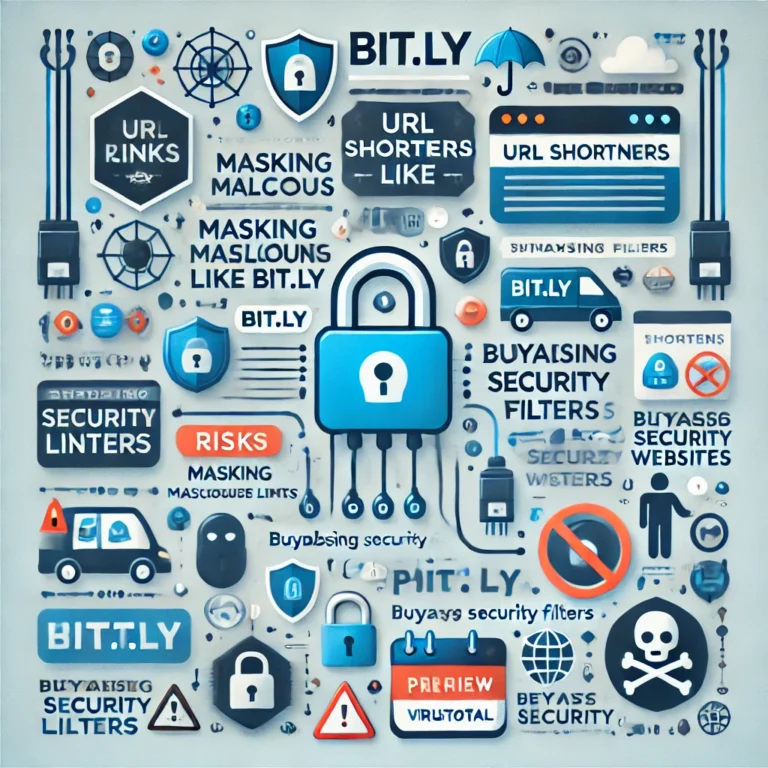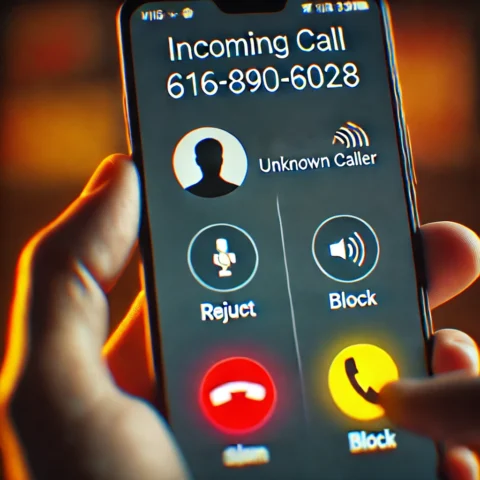The convenience of URL shorteners, such as Bit.ly, has made them a popular tool for sharing links across social media, emails, and text messages. Shortened links allow users to condense long URLs, making them easier to share and more aesthetically pleasing. However, URL shorteners also present certain risks, particularly when used by scam and phishing websites to mask malicious domains. These cybercriminal tactics have caused issues for Bit.ly and other URL shorteners, as Google and other search engines increasingly scrutinize shortened links for potential security threats.
In this guide, we will cover the security risks associated with URL shorteners, provide tips on identifying suspicious links, and share effective strategies for staying safe online : https://bit.ly/3lkstm1.
1. What Are URL Shorteners and Why Are They Used?
URL shorteners are tools that condense long web addresses into shorter, more manageable links. A link like https://www.example.com/this-is-a-very-long-url-path can become something as simple as bit.ly/example .
Key advantages of using URL shorteners include:
- Ease of Sharing: Short URLs are simpler to include in social media posts, emails, and texts.
- Better Click-Through Rates: Short URLs are less intimidating, which can encourage users to click.
- Link Management: Many shorteners offer analytics and tracking features, allowing users to monitor link performance.
Despite these benefits, cybercriminals often exploit URL shorteners to mask malicious domains.
2. The Risks Associated with URL Shorteners
URL shorteners can unintentionally help scammers hide the true destination of a link. Here are some of the main risks:
a. Masking Malicious Links
One of the most significant risks of URL shorteners is that they hide the full web address. Scammers exploit this feature by embedding harmful websites within shortened links, luring unsuspecting users into clicking them. Users are less likely to recognize a suspicious link when it’s hidden behind a short URL, making them vulnerable to phishing attempts and malware: https://bit.ly/3lkstm1.
b. Bypassing Blacklists and Filters
Many cybersecurity programs block known malicious domains to protect users. However, URL shorteners provide a loophole that scammers can use to circumvent these blacklists. When scammers shorten a URL from a blacklisted domain, it’s harder for systems to recognize the link as harmful, putting users at greater risk of falling victim to scams: https://bit.ly/3lkstm1.
c. Damaging the Reputation of Legitimate URL Shorteners
The misuse of URL shorteners has led some platforms, like Bit.ly, to become associated with malware and phishing networks. As a result, search engines and cybersecurity tools are more likely to flag shortened links as suspicious, even when the links are safe. This damages the reputation of legitimate services and reduces user trust in shortened URLs.
3. Recognizing Suspicious Links and Avoiding Scams
Staying safe online requires vigilance and an understanding of how to identify suspicious links. Here’s what you should watch for:
a. Check the URL Carefully
Before clicking any link—especially a shortened one—take time to investigate it. Some URL shorteners allow you to preview the destination URL before opening it. For example, with Bit.ly, you can add a + at the end of the link to view the original URL, like bit.ly/example+.
b. Look for Signs of Phishing or Scam Activity
Scam links often exhibit telltale signs, such as:
- Urgent language urging you to take immediate action.
- Suspicious email addresses that do not match the company’s legitimate domain.
- Misspelled or unusual URLs, which are common in phishing attempts.
c. Use Link Scanning Tools
Numerous online tools, such as VirusTotal or Google’s Safe Browsing, allow users to paste a link and check it for known threats. These tools are free to use and can provide added security when you encounter an unfamiliar shortened URL: https://bit.ly/3lkstm1.
4. Protecting Yourself from URL-Based Phishing Attacks
Now that we understand the risks, let’s review some best practices for staying safe when encountering shortened URLs:
a. Enable Security Features in Your Browser
Most modern browsers come with built-in security features, such as malware and phishing protection. Enabling these features ensures that your browser will warn you if you attempt to visit a potentially dangerous site: https://bit.ly/3lkstm1.
b. Avoid Clicking Unverified Links
If you receive a shortened link from an unknown source, avoid clicking it. Instead, reach out to the sender to confirm its legitimacy. This is particularly important in emails, text messages, or social media messages from unknown contacts: https://bit.ly/3lkstm1.
c. Use a VPN for Added Security
A Virtual Private Network (VPN) encrypts your internet traffic, making it harder for hackers to intercept or access your information. VPNs add an extra layer of protection when you encounter suspicious links on public networks.
d. Consider Using Browser Extensions for Link Previews
Certain browser extensions allow you to preview URLs before visiting them, which can reveal the destination address of a shortened link. These tools can reduce the chances of accidentally visiting a malicious site.
5. URL Shortener Alternatives: Safer Ways to Share Links
In some cases, using an alternative to URL shorteners may be the safer option:
- Custom Short Domains: Large organizations and individuals who share links frequently can create custom short domains that are more recognizable and trusted by users.
- Direct Links: When possible, consider sharing the full URL, especially if the recipient is familiar with the domain. Full URLs may appear less polished, but they provide greater transparency.
- QR Codes: For in-person events or print materials, QR codes are an effective alternative to short URLs. Users can scan the code to access the destination, reducing the need for a shortened link.
6. Building Awareness and Educating Users About Shortened URL Risks
Understanding the risks of URL shorteners is essential for digital safety. Educating employees, friends, or family members about the dangers of shortened links can empower them to stay vigilant and avoid scams: https://bit.ly/3lkstm1.
- Conduct Regular Training for Organizations: Companies should train employees on phishing and link safety, especially if they frequently use URL shorteners in marketing materials.
- Stay Updated on Security Trends: Cybersecurity practices evolve, so staying informed about the latest online threats can enhance your protection strategies.
- Encourage Reporting of Suspicious Links: Encourage employees or users to report suspicious links they encounter. This promotes a culture of safety and reduces the spread of scams.
Conclusion
While URL shorteners like Bit.ly provide a convenient solution for managing and sharing links, they also present certain security risks, especially when used by malicious actors to mask harmful domains. By following the best practices outlined above—checking URLs, using security tools, and considering alternatives when appropriate—you can enjoy the benefits of shortened links while minimizing potential threats: https://bit.ly/3lkstm1.
Online safety requires ongoing awareness and proactive measures. Understanding how to recognize suspicious links and using protective strategies can make all the difference in ensuring a secure digital experience.




